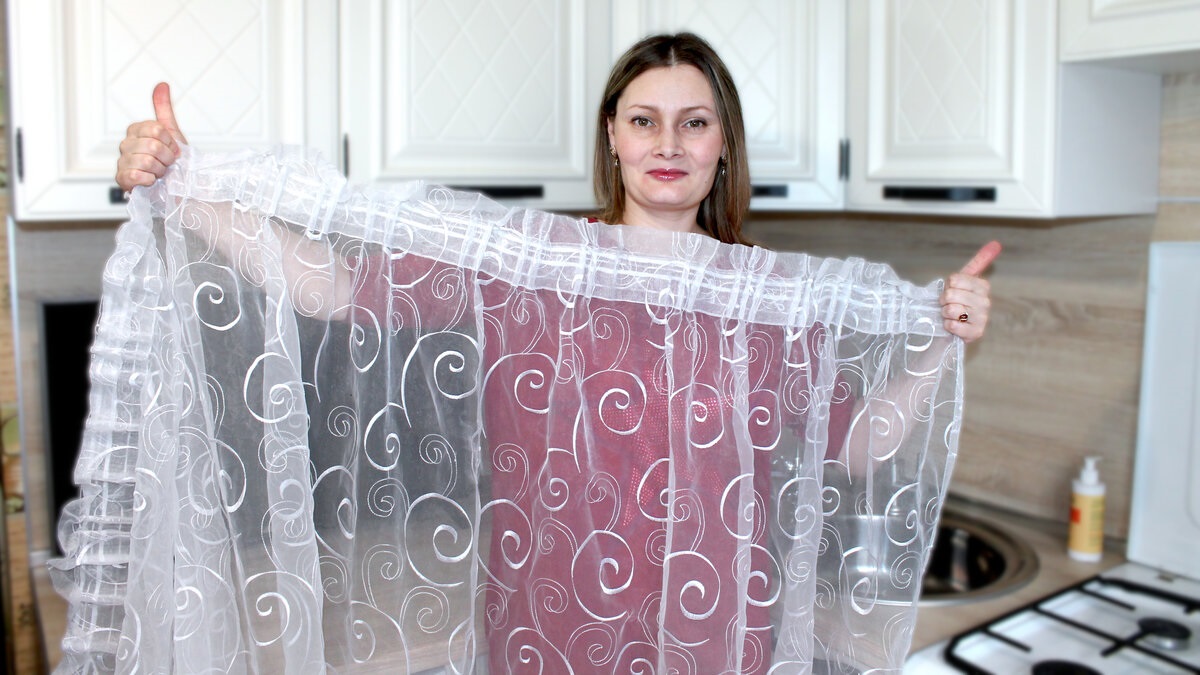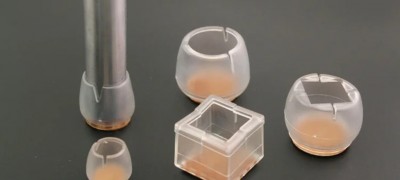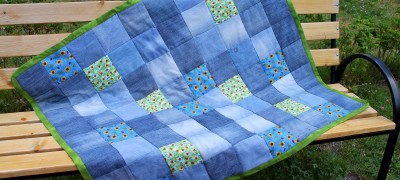How to properly smooth tulle
White tulle curtains are always in fashion. A translucent air cloud around the window opening fills the room with a special atmosphere. And sooner or later a natural question arises: how to iron the tulle and do it correctly so as not to damage the canvas and get the desired result.

Ironing rules for different materials
Each type of tulle has its own ironing characteristics. Therefore, before starting this process, it is recommended that you familiarize yourself with the recommendations on the label.
Organza
Organza is a very delicate material that requires a special approach, both during washing and during subsequent ironing. This fabric is obtained by curling fine fibers, which makes it particularly delicate. Organza can be made from natural fibers (for example, silk), as well as synthetic ones.

There are several ways to smooth the organza:
- Using steam without removing the curtain.
- With an iron.
- By hanging.

According to experts, the best option is steaming with a vertical steamer or steam generator. To obtain the best effect, it is recommended to repeat the "procedure" several times. The main advantage of this method is a good result and a gentle effect on the canvas.

If you do not have a steam generator, or you just consider yourself to be a supporter of traditional ironing, then you will have to be patient. Ironing organza with an iron is quite difficult and unsafe for the material. Here are some rules to help you:
- The last step in washing should be a rinse in salted water (1 tablespoon of salt per 5 liters of water). This simple step will help prevent the iron from sticking to the canvas.
- Iron only after completely dry. Experts say that if you iron a wet organza, it will lose its attractive appearance, and glimmers will appear on it.
- In the process, use tissue paper as an "intermediary" between the canvas and the iron.
- Before starting ironing, carefully examine the sole of the iron; it should be perfectly flat and smooth, without burnt areas.
- Do not use steam in a horizontal position, otherwise the material will be wavy.

By hanging the organza tulle on the cornice, you get a natural drying process. This method will require a minimum investment of time and effort. Hang the damp tulle in place for 1-2 days, this is enough time for the material to be completely smoothed out.
An important nuance: if you are going to dry a long curtain using the hanging method, choose the option so that you do not have to fold the canvas in width or length, otherwise it will later be very difficult to iron the resulting curtain. Even steamers are powerless in such situations. Well, if it so happened that the organza curtain dried out even before you hung it up to smooth it, just sprinkle it with water from a spray bottle.

Synthetics
How to smooth synthetic tulle? Nylon and polyester tulle curtains are in great demand due to their airiness. After washing, this material must be ironed exclusively with an iron. Hanging it up after washing will not give the desired result. And in order for the result to please you, you need to follow simple recommendations:
- A synthetic veil, mesh or nylon should be ironed immediately after washing. It is important to iron quickly while the material is still damp. Unlike organza, such tulle is not recommended to be moistened with a sprayer, as persistent stains may appear, which are very difficult to get rid of.
- Choose the right temperature - no more than +120 degrees (these are one or two points on the temperature disc of the iron).
- Do not place the iron directly in the middle of the canvas, test it first on an inconspicuous area. If everything is in order, proceed to smoothing out the entire curtain.
- It is important that there is an "intermediary" between the tulle and the iron. This can be a damp piece of cotton or a special iron attachment. Silk curtains and polyester curtains are ironed through tissue paper.
- Iron only from the seamy side. It only seems at first glance that there is no difference which side, they say, they are all the same. If you iron from the front, then subtle yellow stains appear.
- It is recommended to iron nylon until completely dry, and not leave it slightly damp.

Natural cotton tulle
Cotton curtains also have their own "claims" to care. For example, such curtains are washed only on a delicate cycle, and dried exclusively at a minimum speed. If you use a different mode, then there will be folds on the canvas that will be very difficult to smooth out.

Wrinkled cotton tulle can be ironed in two ways: with an iron at the lowest temperature or without ironing.

The easiest way is without using an iron. In this case, it is better to completely abandon the machine spinning, and, having taken the canvas out of the machine, just squeeze it slightly with your hands. Immediately hang the tulle on the cornice, and put a rag on the floor so that the water flowing from the curtains is absorbed. It will take a long time to completely dry - at least a day - but the result will pleasantly surprise you. Since cotton tulle has a lot of weight when wet, it smoothes well under its own weight. As a result, the curtain looks like it has just been ironed.

If you still want to use the spin function, even at minimum speed, then the tulle will have to be ironed with an iron. For this, the minimum temperature regime is selected, +100 degrees (this is one point on the temperature disc of the iron).After that, a piece of damp cloth is taken and the curtain is ironed through it on the seamy side. This process is quite laborious, and it will take a lot of time to get a good result.

Tulle that does not require ironing
Indeed, there are fabrics that do not require ironing, let's call them “the hostess's dream”. These canvases either do not wrinkle at all, or only need to be ironed occasionally.
- Fabrics with a high synthetic content. Some synthetic fabrics do not need steam, iron or any other ironing equipment at all. These materials are simply hung up immediately after washing and left to dry at the same time and ironed out. If, nevertheless, the canvas is very wrinkled, then it is recommended to iron at a temperature not higher than 120 degrees.
- Cotton fabrics. A little earlier, we mentioned that cotton canvases can simply be hung on the cornice, slightly wrung out with your hands. For washing, the delicate mode is used, and the automatic spinning is completely disabled. Under their own weight, the canvases smooth out well during the drying process.
- Tulle with the addition of linen threads. The more the composition of the flax, the more the linen wrinkles. If you need to iron linen tulle, it is ironed in the same way as cotton curtains: at a temperature of 100 degrees and through a thin fabric.
How to iron oversized tulle
If you have at least once had to iron a large tulle, then you know how much inconvenience it causes. While you diligently get rid of folds on one edge, the second, which you ironed before, has already been wrinkled again.

There are several techniques to help solve this problem.
- The edge of the curtain is placed on the ironing board, and, as it is ironed, is lowered from the opposite side. When the canvas touches the floor, it is hung on the cornice and the process continues. If necessary, turn the curtain over and iron the other side using the same technology.
- If the fabric allows, then immediately after washing the wet tulle is hung on the cornice. Then, as it dries, "pass" several times with a steamer, if necessary spraying with water.
- If you do not have a steamer, then an ordinary kettle will cope with its role. It is necessary to bring the water in the kettle to a boil and direct a stream of steam onto the canvas.

Ironing right
Finally, a few general recommendations that will be relevant when ironing any fabric.
- When you buy ready-made curtains, they always have a label with care instructions (in what water to wash, at what temperature to iron, etc.). Carefully study what is written there, and clearly follow the directions.
- Before plugging in the iron, carefully examine the soleplate - there should be no stains on it. In most cases, black spots are burnt-on pieces of textiles, and if you start ironing without taking any cleaning action, the white curtains can be hopelessly ruined.
- Determine what kind of fabric the tulle is made of (synthetics, silk, cotton, other materials). On modern irons, there are special programs for each fabric, and that is what you need to choose. If there are no specific instructions on your iron, then iron the curtains no more than +120 degrees (these are one or two points on the disk).
- In the process of ironing, it is not recommended to rush, or, conversely, "slow down". If you "pass" on the canvas too quickly, you are unlikely to have time to smooth out the irregularities, and if you constantly stay in one place, you risk burning the curtain.Choose a moderate pace and systematically walk through the entire canvas.
- Tulle, like any other fabric, needs to be ironed only from the wrong side.
- To avoid damaging the curtain, use a thin cotton fabric that you will iron through. Modern models of irons have a special sole, which must be worn for ironing delicate fabrics.
- According to experts, the vertical position of the curtains is ideal for smoothing. Firstly, because the canvas will straighten under its own weight (even if this weight is small), and secondly, because it will be more convenient to operate with a steam generator or an iron this way.
- Manufacturers often recommend ironing only completely dry material. However, most of us know that this approach does not have the desired effect. Therefore, it is better not to wait until the tulle is completely dry. And if it so happened that the canvas is completely dry, you can do the following trick with some curtains: moisten them with a spray bottle.
- The seams on the curtains will require a special approach. They must be ironed from the seamy side. In addition, it is important to ensure that there is not too much pressure, otherwise the seams will be "printed" on the front side. Use gauze to avoid this effect.
Tulle is an amazing material, both in terms of its appearance and performance. As befits a royal person, he has a difficult "character", and if you do not show caution and attention, you can easily spoil the material. However, many housewives have found a "common language" with delicate and airy tulle, and claim that it is a pleasure to iron such a cloth correctly. This means that you can also make sure that your window opening is designed flawlessly.
Video: how to iron tulle correctly

















